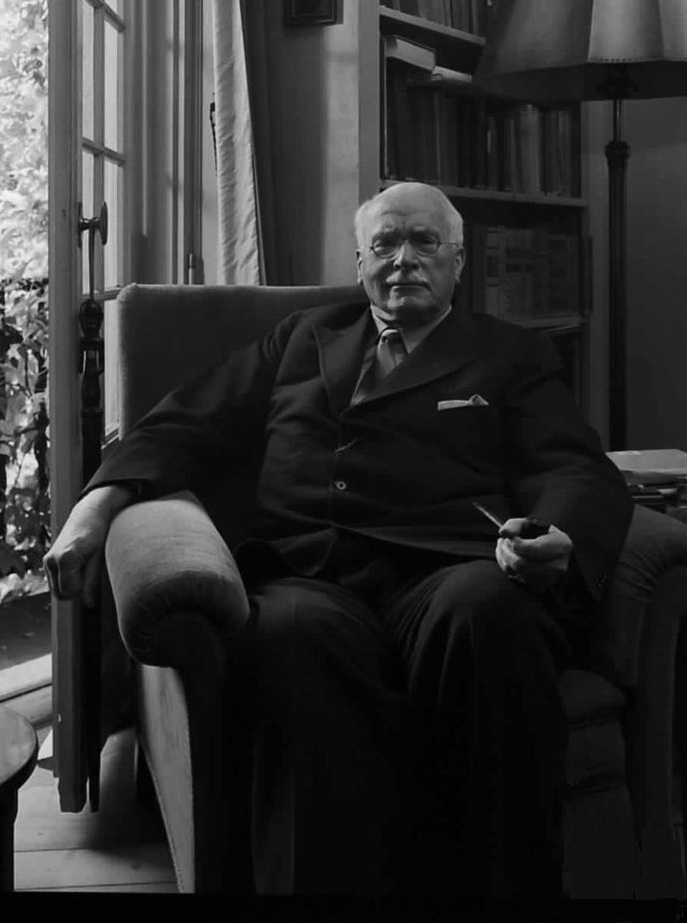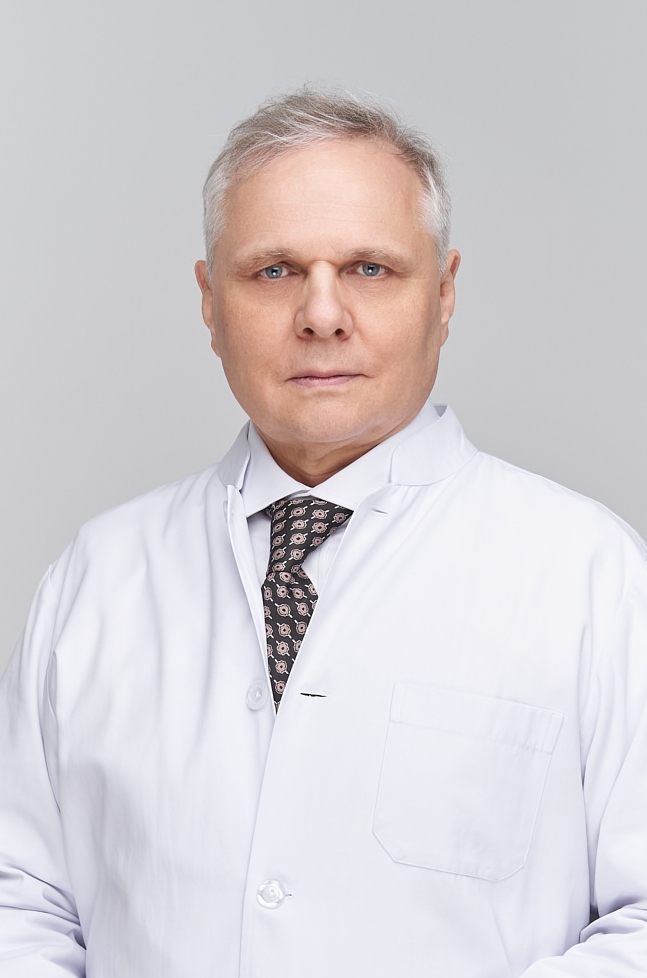
Animus and Anima in C.G. Jung Psychology are key archetypes that illustrate how deeply rooted, universal patterns constellate the collective unconscious.
Carl Gustav Jung, the pioneer of depth psychology, described archetypes as “active living dispositions, patterns of human behavior” that manifest in similar ways across cultures and times. They represent common human experiences and express our psychological heritage. Archetypes form the foundation of our understanding of human behavior and interpersonal relationships. They are universal for all humanity and express themselves through symbols in myths, dreams, and cultural narratives. Among the most important are Animus and Anima in C.G. Jung psychology, which represent the inner masculine and feminine principles within each person. As explained by Carl Jung, animus and anima are crucial for understanding the integration of opposites in the psyche. The pair, often referred to as anima and animus C.G. Jung, highlight how gendered archetypes shape identity and relationships. In particular, the animus archetype C.G. Jung described illustrates the masculine qualities within the female psyche, guiding balance and psychological wholeness.
C.G.Jung’s Concept of Animus and Anima
The archetype of anima is the central concept in Jung’s analytical psychology, through which Jung refers to the unconscious “soul image” of the woman in the psyche of the man. Animus is the complementary concept to Anima, the unconscious masculine image in the woman.
The Anima image has formed as a result of all the experiences that man has had with the females throughout human development. It is a type of experience that comes from ancient times and is stored in the collective unconscious.
The archetype of Anima becomes experienceable by a man through Anima projection onto specific female figures who personify her or aspects of her. Various manifestations of Anima figures can be found in fairy tales, myths, literature, and religions, such as the saint, the witch, or the mother-goddess. The respective object of Anima projection exerts an emotional fascination, or even a possession, on the affected man. Jung understands the Anima projection as a call to recognize the unintegrated female soul aspects symbolized in the projection. Within psychoanalytical psychology archetypes of animus and anima, this process reveals how deep symbolic forces shape relationships and inner balance. In the context of Jungian psychology, the Anima is one of the central Jungian archetypes that connect the conscious with the unconscious. Specifically, the Anima archetype C.G. Jung described highlights the inner feminine that, once integrated, supports the journey toward psychological wholeness.
Integration of Anima and Animus in Jungian Psychology
Jung describes the integration of the Anima as a crucial task in the personality development of man. Due to its potential to liberate man to his wholeness (Self), Jung also calls the Anima the archetype of life.
Jung found that in practice both anima and animus act in dreams in the imagination as mediators of the unconscious to the Ego, helping for inner as well as outer adaptation. He described it as ‘soul-images’ and the ‘not-I’, for they are experienced as something mysterious and numinous, possessing great power.

The more unconscious the anima or animus are, the more likely they can be projected. Projection of anima into women and the animus into man are responsible for the experience of falling in love. For this reason, Jung called the contra sexual complex “projection-making factor”.
In the movie The Blue Angel, Marlene Dietrich plays the role of a beautiful and seductive cabaret dancer (representing the anima archetype) who mesmerizes a respectable professor, ultimately leading him to ruin and madness.
C.G.Jung on Anima
Man carries within him the eternal image of the woman, not the of this or that woman, but a definite feminine image. This image is fundamentally unconscious, a hereditary factor of primordial – .’ (Cw XVII, Para. 338).
‘Woman is compensated by a masculine element and therefore her unconscious has so to speak, a masculine… . And accordingly I have called the projection-making factor in women the animus. . . The animus corresponds to the paternal just as the anima corresponds to the maternal Eros’ (CW IX. ii, para.28).
Jung even goes so far as to declare that ‘the character of the anima can be deduced from that of the persona’ because ‘everything that should normally be in the outer attitude, but is conspicuously absent, will invariably be found in the inner attitude. This is a fundamental rule… (CW VI, Para. 806)

DR. GREGOR KOWAL
Dr. Gregor Kowal studied human medicine at the Ruprecht-Karls-University in Heidelberg, Germany, where he also earned his doctoral degree (PhD). He completed his specialization in Psychiatry and Psychotherapy with the Medical Chamber of Koblenz, Germany. In the following years, he held positions as Head of Department and Medical Director in various psychiatric hospitals across Germany. Alongside his clinical responsibilities, he served as a consultant expert for the Federal Court in Frankfurt, providing psychiatric evaluations in legal cases. Since 2011, Dr. Kowal has been working as the Medical Director of CHMC, the Clinic for Psychiatry and Psychotherapy in Dubai, UAE. His specialist training includes extensive expertise in biological psychiatry and psychodynamic psychotherapy.


